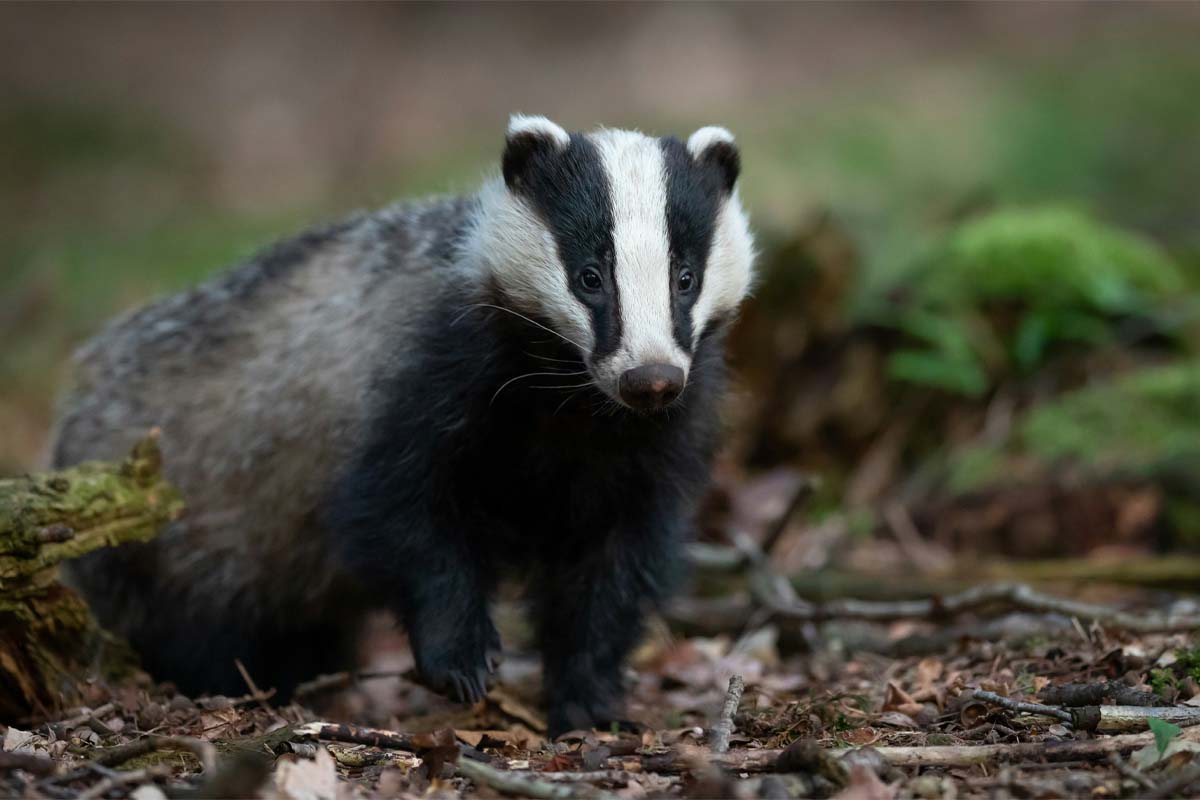HEADTURNED Articles
The Troubled History of Badger Culling
End harmful practices against wildlife

End Harmful Practices Against Wildlife
Introduction
The time has come to confront the cruelty embedded in agricultural practices and wild animal management. As stewards of the earth, we bear the responsibility to foster an environment where animals and ecosystems can flourish. Despite ongoing campaigns and legislation, practices like badger culling and unchecked wildlife exploitation persist, causing severe harm to biodiversity and natural ecosystems. This post explores the history of badger culling, the devastating impact on animal welfare, and the urgency for immediate action to stop these destructive activities. Finally, we propose solutions to repair the damage and restore public trust.
End Harmful Practices Against Wildlife
History of Badger Culling
Origins of Badger Culling
Badger culling in the UK began in the mid-20th century as a response to the perceived risk of bovine tuberculosis (bTB) transmission to cattle. The practice, initially based on limited scientific evidence, gained momentum as agricultural and government bodies sought to control disease outbreaks in livestock. By the 1970s, systematic culling programs were implemented, targeting badgers as scapegoats for agricultural disease management.
Methods Used in Culling
The methods employed in badger culling have been alarmingly inhumane. These include:
- Gassing: Early culling efforts relied on cyanide gas pumped into badger setts, a practice widely condemned for its cruelty.
- Shooting: Both free-shooting and trap-and-shoot methods are currently used, leading to prolonged suffering and high rates of misfired shots.
- Trapping: Cage traps are often used to capture badgers before they are killed, resulting in stress and trauma for the animals.
- Baiting: This involves setting dogs on badgers for sport, causing extreme suffering and violating animal cruelty laws.
- Poisoning: Illegal poisoning is another method used to kill badgers and other wildlife. Poisons can persist in the soil for months, contaminating water sources and harming non-target species such as birds of prey, hedgehogs, and domestic animals.
Statistics on Culling
- Between 2013 and 2023, over 210,000 badgers were culled in England alone.DEFRA Badger Control Monitoring Statistics
- Studies have shown that only 5.7% of culled badgers test positive for bTB, raising serious questions about the efficacy of the practice.
Legislation and Current Practices
While badgers are protected under the Protection of Badgers Act 1992, culling is permitted under licenses issued by the government. The justification is often rooted in outdated or inconclusive scientific evidence. Recent reviews by independent experts suggest that badger culling has minimal impact on controlling bTB in cattle, undermining its rationale.
End Harmful Practices Against Wildlife
Unchecked Culling of Other Wildlife
Victims Beyond Badgers
Badgers are not the only victims of agricultural and recreational wildlife management. Other species frequently targeted include:
- Foxes: Killed under the guise of pest control, often through illegal hunts or snaring.
- Hares: Subjected to illegal coursing and killing despite their declining numbers.
- Birds of Prey: Poisoned or shot by those protecting game bird populations.
Legal Loopholes and Enforcement Failures
Wildlife crimes are often overlooked due to:
- Weak enforcement: Limited resources and training for law enforcement make prosecution rare.
- Loopholes: Practices such as illegal fox hunting persist under the guise of trail hunting.
- Lack of accountability: Farmers and landowners frequently escape consequences, pretty much ignored, for illegal culling activities.
End Harmful Practices Against Wildlife
Consequences of Unchecked Practices
Ecological Impact
- Biodiversity Loss: Species targeted for culling play essential roles in ecosystems, such as controlling pests and maintaining healthy habitats.
- Disrupted Habitats: The removal of key species has cascading effects, reducing the resilience of ecosystems to climate change and human impact.
Public Trust Erosion
The continuation of unethical practices undermines trust in agricultural and conservation efforts, reducing public support for necessary environmental initiatives.
End Harmful Practices Against Wildlife
Who Bears Responsibility?
Governmental Bodies
- Natural England and the Department for Environment, Food & Rural Affairs (DEFRA) oversee wildlife management but have faced criticism for prioritising agricultural interests over animal welfare.
- Local Authorities: Often underfunded and ill-equipped to address wildlife crimes effectively.
Public Trust Erosion
The continuation of unethical practices undermines trust in agricultural and conservation efforts, reducing public support for necessary environmental initiatives.
End Harmful Practices Against Wildlife
Positive Solutions for a Thriving Ecosystem
A Ban on Culling Practices
- Immediate Moratorium: Cease all culling activities, particularly those targeting badgers, foxes, and other essential wildlife.
- Legislative Reforms: Strengthen existing laws to close loopholes and enforce stricter penalties for wildlife crimes.
Restoring Ecosystems
- Rewilding Initiatives: Reintroduce native species and restore habitats to encourage biodiversity.
- Wildlife Corridors: Establish protected pathways for animal movement across agricultural landscapes.
Scientific and Community Engagement
- Research-Based Policies: Invest in non-lethal methods of disease management, such as improved cattle vaccination programs for bTB.
- Community Education: Educate farmers and landowners on sustainable practices that benefit both agriculture and wildlife.
Building Public Trust
- Transparent Monitoring: Publish annual reports on wildlife populations and conservation efforts.
- Public Involvement: Encourage public participation in reporting illegal activities and supporting ethical farming practices.
End Harmful Practices Against Wildlife
Call to Action
We urge governments to:
- Enforce a nationwide ban on badger culling and other inhumane practices.
- Allocate resources for effective law enforcement and public education.
- Support sustainable farming initiatives that align with conservation goals.
Public Responsibility
- Report farms and communities engaged in illegal or harmful activities.
- Advocate for wildlife protection by contacting local representatives.
- Support organisations, like ours, working to restore biodiversity and protect animal welfare.
Together, we can end these barbaric operations, rebuild trust, and create a future where wildlife and agriculture coexist in harmony. The HEADTURNED Foundation invites you to join us in this vital mission to change the culture and protect our planet for generations to come.
